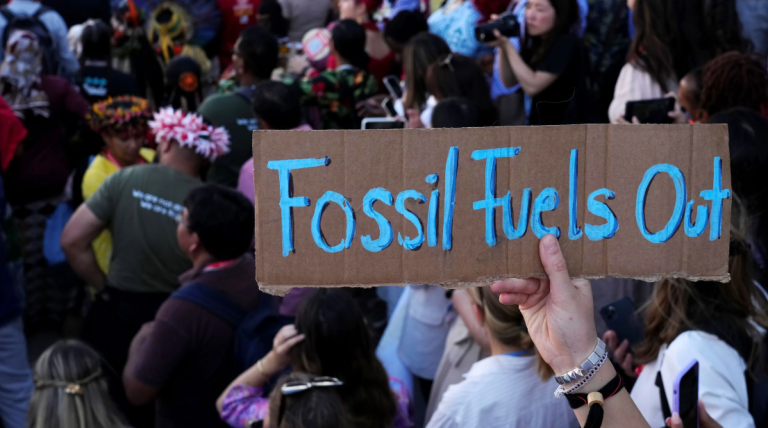Ocean Conservation Efforts: Protecting Marine Ecosystems and Biodiversity
Ocean Conservation Efforts: Protecting Marine Ecosystems and Biodiversity
Introduction:
The world’s Ocean Conservation play a vital role in sustaining life on Earth, providing food, oxygen, climate regulation, and cultural and recreational opportunities for billions of people. However, marine ecosystems and biodiversity face unprecedented threats from human activities, including overfishing, habitat destruction, pollution, and climate change. In response to these challenges, ocean conservation efforts have become increasingly urgent and essential to safeguarding marine ecosystems and biodiversity for future generations. In this article, we will explore the importance of ocean conservation, examine the threats facing marine environments, and discuss strategies and initiatives aimed at protecting and preserving the world’s oceans.
1. Importance of Ocean Conservation:
a. Biodiversity Hotspots:
Marine ecosystems support a vast array of species, from microscopic plankton to majestic whales, making the oceans one of the most biodiverse habitats on Earth. Coral reefs, mangroves, seagrass beds, and deep-sea habitats harbor unique and diverse communities of plants and animals, providing essential habitat, food, and nursery grounds for marine life.
b. Climate Regulation:
The oceans play a critical role in regulating the Earth’s climate system, absorbing carbon dioxide (CO2) and heat from the atmosphere and storing it in the deep ocean. Healthy marine ecosystems, such as mangroves, seagrasses, and salt marshes, act as carbon sinks, sequestering CO2 and mitigating climate change. Additionally, ocean currents, such as the Gulf Stream and the Antarctic Circumpolar Current, help distribute heat around the globe, influencing weather patterns and climate variability.
c. Economic Importance:
The oceans support a wide range of economic activities, including fisheries, tourism, shipping, and renewable energy production, generating billions of dollars in revenue and supporting millions of jobs worldwide. Sustainable ocean management and conservation are essential for maintaining the long-term viability of these industries and ensuring the well-being of coastal communities and economies.
2. Threats to Marine Ecosystems:
a. Overfishing and Illegal, Unreported, and Unregulated (IUU) Fishing:
Overfishing and IUU fishing pose significant threats to marine biodiversity and fish stocks, depleting populations of commercially important species and disrupting marine food webs. Unsustainable fishing practices, such as bottom trawling and dynamite fishing, damage sensitive marine habitats and contribute to the decline of vulnerable species, including sharks, turtles, and marine mammals.
b. Habitat Destruction:
Human activities, such as coastal development, dredging, and habitat conversion, degrade and destroy critical marine habitats, including coral reefs, mangroves, and seagrass beds. Habitat loss and degradation reduce biodiversity, disrupt ecosystem functioning, and diminish the resilience of marine ecosystems to environmental stressors, such as climate change and pollution.
c. Pollution:
Marine pollution, including plastic debris, chemical contaminants, oil spills, and nutrient runoff, poses serious threats to marine ecosystems and biodiversity. Plastic pollution, in particular, has become a pervasive problem in the world’s oceans, harming marine life, entangling marine animals, and contaminating the marine environment. Chemical pollutants, such as heavy metals and pesticides, can accumulate in marine organisms, causing toxicity and ecosystem disruption.
d. Climate Change:
Climate change is one of the most significant threats facing marine ecosystems, with rising temperatures, ocean acidification, sea-level rise, and extreme weather events posing profound challenges to marine life. Coral reefs, in particular, are highly vulnerable to climate change, with increasing temperatures leading to coral bleaching and mortality. Ocean acidification, caused by the absorption of CO2 from the atmosphere, threatens the survival of calcifying organisms, such as corals, shellfish, and plankton.
3. Strategies for Ocean Conservation:
a. Marine Protected Areas (MPAs):
Marine Protected Areas (MPAs) are designated areas of the ocean where human activities are regulated or restricted to conserve biodiversity, protect habitats, and sustain fisheries. MPAs can range from small, no-take reserves to large, multi-use zones, providing a range of conservation benefits, including habitat restoration, species recovery, and ecotourism opportunities.
b. Sustainable Fisheries Management:
Sustainable fisheries management is essential for maintaining healthy fish stocks, supporting livelihoods, and preserving marine ecosystems. Fisheries management measures, such as catch limits, gear restrictions, and marine spatial planning, can help prevent overfishing, reduce bycatch, and promote ecosystem resilience.
c. Pollution Prevention and Cleanup:
Preventing and mitigating marine pollution requires concerted efforts to reduce plastic waste, minimize chemical contaminants, and prevent oil spills. Strategies such as waste reduction, recycling, and plastic alternatives can help prevent plastic pollution, while improved wastewater treatment and stormwater management can reduce nutrient runoff and contamination.
d. Climate Change Mitigation and Adaptation:
Addressing climate change requires global action to reduce greenhouse gas emissions, transition to renewable energy sources, and enhance the resilience of marine ecosystems to climate impacts. Protecting and restoring coastal habitats, such as mangroves and salt marshes, can help mitigate climate change by sequestering carbon and buffering coastal communities from storm surges and sea-level rise.
4. International Cooperation and Collaboration:
a. United Nations Sustainable Development Goals (SDGs):
The United Nations Sustainable Development Goals (SDGs), particularly Goal 14: Life Below Water, provide a framework for international cooperation and action on ocean conservation and sustainable use of marine resources. The SDGs call for efforts to conserve and sustainably manage marine and coastal ecosystems, reduce marine pollution, and address the impacts of climate change on the oceans.
b. Regional Fisheries Management Organizations (RFMOs):
Regional Fisheries Management Organizations (RFMOs) play a crucial role in managing and conserving shared fish stocks and ensuring sustainable fisheries management practices. RFMOs regulate fishing activities in specific regions or ocean basins, setting catch limits, monitoring compliance, and promoting cooperation among member countries to prevent overfishing and IUU fishing.
c. Global Partnerships and Initiatives:
Global partnerships and initiatives, such as the Global Ocean Observing System (GOOS), the Global Coral Reef Monitoring Network (GCRMN), and the Global Partnership on Marine Litter (GPML), facilitate collaboration and information sharing on ocean conservation efforts. These initiatives support data collection, monitoring, research, and capacity-building activities to improve understanding of marine ecosystems and inform policy and decision-making.
Conclusion:
Ocean conservation efforts are essential for protecting marine ecosystems and biodiversity, ensuring the health and resilience of the world’s oceans for future generations. By addressing the threats facing marine environments, implementing sustainable management practices, and fostering international cooperation and collaboration, we can safeguard the oceans’ ecological integrity, economic value, and cultural significance. Through collective action and shared responsibility, we can achieve a sustainable and prosperous future for the oceans and all who depend on them.
For more information visit: cryptcpm.tech
For more information visit: newsburing.com







